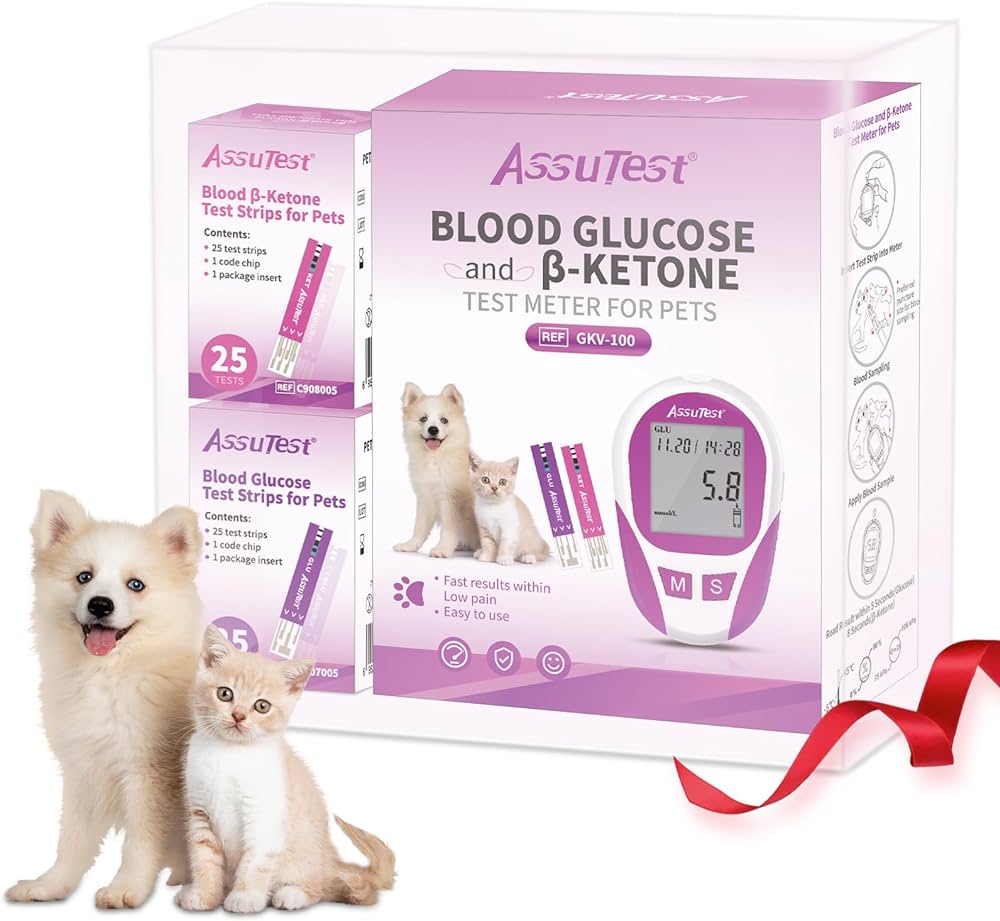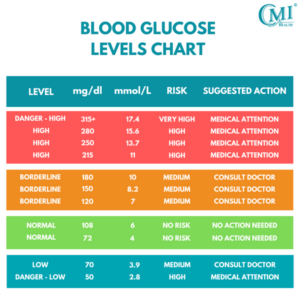If you have diabetes, especially type 1 diabetes, you may be familiar with a condition known as Diabetic Ketoacidosis (DKA). This is a severe complication that can occur when your blood sugar levels rise significantly, leading to a dangerous imbalance in your body’s chemistry.
Table of Contents
What is Diabetic Ketoacidosis?
Diabetic Ketoacidosis (DKA) is a serious condition that can be life-threatening if not treated promptly. It occurs when there is a lack of insulin in the body, causing the blood sugar levels to soar. This results in the body breaking down fat for energy, leading to the production of acidic ketones, which can build up in the blood and urine.
Blood Sugar Levels in Diabetic Ketoacidosis
In general, the blood sugar level for ketoacidosis is often considered to be above 250 mg/dL. However, it’s essential to remember that individual responses can vary, and some sources may suggest slightly different thresholds. It’s crucial to monitor your blood sugar levels regularly, especially if you have diabetes.
Understanding the Range for DKA Blood Sugar Levels
According to various medical sources, the blood sugar level range for diagnosing DKA typically falls between 250-500 mg/dL. In severe cases, blood sugar levels can exceed 800 mg/dL. If left untreated, these high blood sugar levels can lead to serious complications.

Credit: nurseslabs.com
Signs and Symptoms of Diabetic Ketoacidosis
Recognizing the signs and symptoms of DKA is crucial for early intervention. Some common symptoms include:
- Extreme thirst
- Frequent urination
- Abdominal pain
- Confusion
- Weakness
- Fruity-smelling breath
Diagnosing Diabetic Ketoacidosis
To confirm a diagnosis of DKA, healthcare providers will typically perform blood tests to measure various parameters, including blood sugar levels. If blood sugar levels are significantly elevated, coupled with the presence of ketones in the blood or urine, a diagnosis of DKA is likely.
Treatment and Management of Diabetic Ketoacidosis
Management of DKA involves addressing the elevated blood sugar levels and correcting the acid-base imbalance in the body. Treatment usually consists of:
- Administering insulin to lower blood sugar levels
- Rehydrating the body with intravenous fluids
- Restoring electrolyte balance
- Monitoring closely for complications

Credit: guides.orchidhealth.com
Preventing Diabetic Ketoacidosis
Proper diabetes management is key to preventing DKA. This includes consistent monitoring of blood sugar levels, following your healthcare provider’s treatment plan, and seeking medical help if you experience any concerning symptoms.
Frequently Asked Questions Of Blood Sugar Level For Ketoacidosis: Ultimate Guide
How High Does Blood Sugar Have To Be For Ketoacidosis?
Diabetic ketoacidosis can occur when blood sugar is over 250 mg/dL. High blood sugar leads to ketoacidosis.
What Is A Normal Blood Sugar Level For Ketosis?
The normal blood sugar level for ketosis is typically between 80-120 mg/dL. It is possible to have high ketones with normal blood sugars, as ketosis is a metabolic state characterized by elevated levels of ketones. Blood tests are used to confirm diabetic ketoacidosis, which may show high blood sugar levels and ketone levels above 3 mmol/L.
What Confirms Diabetic Ketoacidosis?
Blood tests confirm diabetic ketoacidosis through measuring blood sugar level, showing hyperglycemia from insufficient insulin.
What Is The Range For Dka Bs?
The range for Diabetic Ketoacidosis Blood Sugar is usually above 250 mg/dL.
Conclusion
Understanding the critical blood sugar levels for diabetic ketoacidosis is essential for individuals with diabetes. By staying informed, monitoring your health, and seeking prompt medical attention when needed, you can effectively manage your condition and reduce the risk of complications associated with DKA.
- Get Tips & Trick daily








